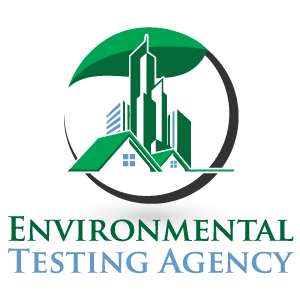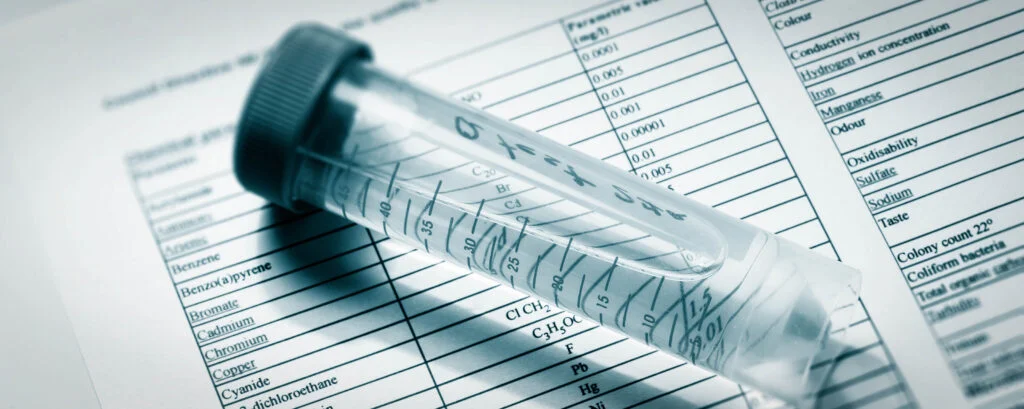Wood Mold Inspection & Testing Services In Florida
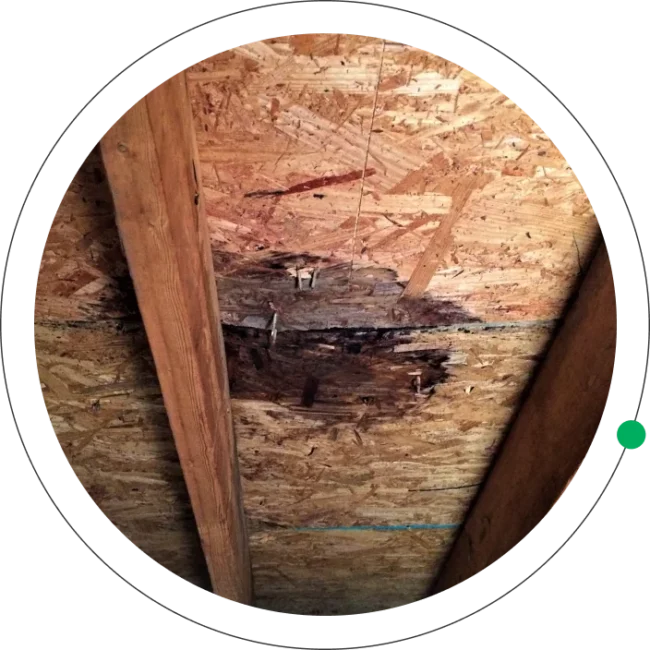
Why is wood a Place Prone to Mold Growth?
Wood is prone to mold growth because it is a porous and organic material that readily absorbs and retains moisture. When wood is exposed to high humidity, water leaks, or condensation, it creates an ideal environment for mold spores to settle and thrive. The natural cellulose content in wood serves as a food source for mold, further encouraging its growth. Poor ventilation and insufficient drying can exacerbate the issue, allowing moisture to linger in the wood fibers. Additionally, wood used in areas such as basements, bathrooms, and kitchens is particularly susceptible to mold due to frequent exposure to water and humidity. Without proper moisture control and maintenance, wood surfaces and structures can quickly become breeding grounds for mold, leading to potential health risks and structural damage.
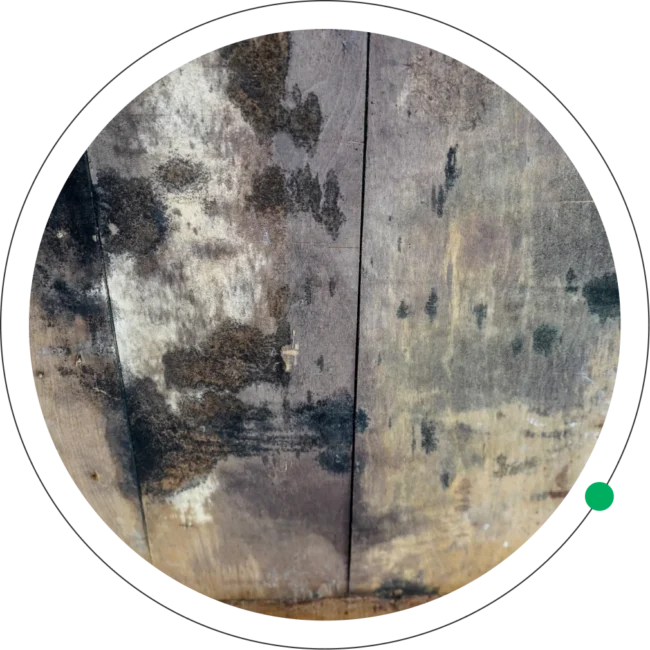
Common signs that indicate the presence
of Wood Mold are

Visible Discoloration
Look for black, green, brown, white, or even pinkish spots or patches on wood surfaces.

Musty Odor
A persistent musty or earthy smell is a strong indicator of mold growth on or within the wood.

Warping or Bowing
Mold can cause wood to absorb moisture, leading to warping, bowing, or buckling.

Soft or Spongy Texture
Wood that feels soft, spongy, or crumbly to the touch is often a sign of mold-related decay.

Stains or Water Damage
Dark stains or discoloration on wood surfaces, especially around joints and edges, can indicate mold presence.

Peeling or Cracking Paint
Mold growth beneath painted wood surfaces can cause the paint to peel, bubble, or crack.

Health Symptoms
Increased allergic reactions, respiratory issues, or skin irritation among occupants may be linked to mold exposure.

Condensation
Frequent condensation on wood surfaces or nearby areas can signal excessive moisture, conducive to mold growth.
Tips to Identify Kitchen Mold
- Inspect wood surfaces for unusual colors, such as black, green, brown, white, or even pinkish spots or patches.
- A persistent musty or earthy smell near wood surfaces often indicates mold growth.
- Notice if the wood appears warped, bowed, or buckled, as moisture from mold can cause these deformations.
- Press on the wood to see if it feels soft, spongy, or crumbly, which can indicate mold-related decay.
- Look for dark stains or discoloration on wood surfaces, especially around joints and edges.
- Mold growth beneath painted wood can cause the paint to peel, bubble, or crack.
- Pay attention to increased allergic reactions, respiratory issues, or skin irritation among occupants, particularly in areas with wood.
- Mold on wood can sometimes appear fuzzy or slimy, depending on the type and moisture level.
Regularly inspecting your Wood Mold
and maintaining proper ventilation, insulation,
Regular maintenance, immediate attention to spills and leaks, and ensuring proper ventilation can help prevent mold growth in carpeted areas.
Want to avoid Wood Mold?
ETA tips for preventing it

Control Humidity Levels
- Keep indoor humidity levels between 30-50% using dehumidifiers or air conditioners, especially in humid climates.
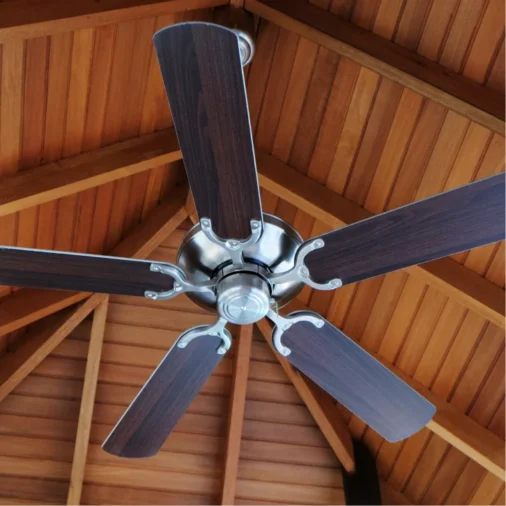
Ensure Proper Ventilation
- Use exhaust fans in high-moisture areas like bathrooms, kitchens, and laundry rooms to reduce humidity levels.
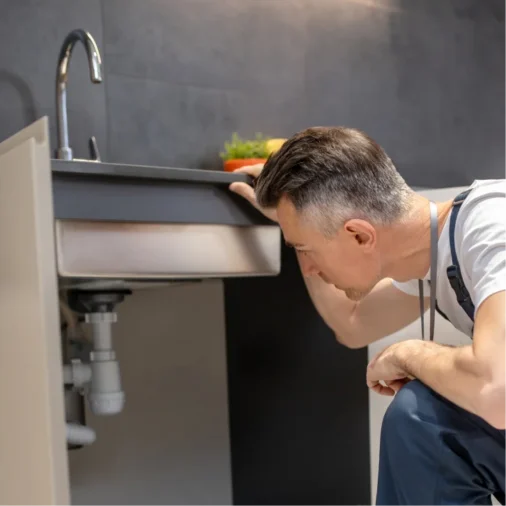
Fix Leaks Promptly
- Repair any leaks in roofs, walls, or plumbing immediately to prevent water from seeping into wood surfaces.

Use Mold-Resistant Products
- When building or renovating, choose mold-resistant wood, paints, and sealants to reduce the risk of mold growth.
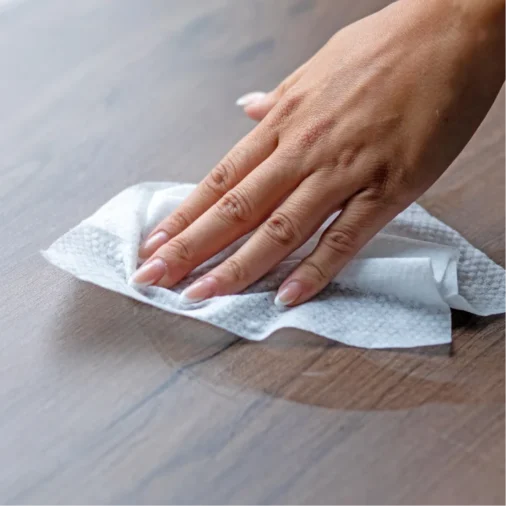
Keep Wood Dry
- Regularly wipe down wood surfaces to remove any condensation or spills. Avoid letting water sit on wood surfaces.
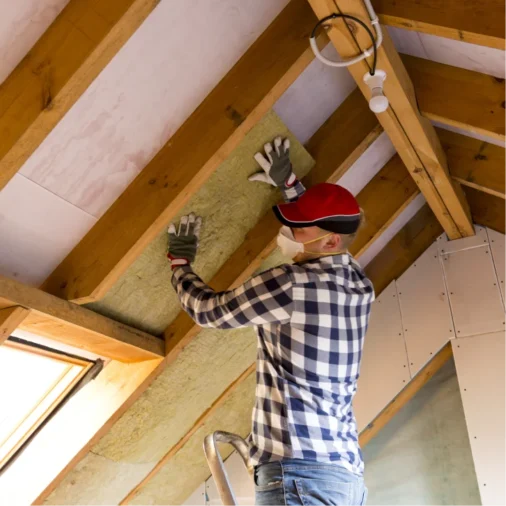
Improve Insulation
- Properly insulate walls, attics, and crawl spaces to prevent condensation and moisture buildup on wood surfaces.
Choose ETA for Expert Mold Testing
Ensure your garage is safe and mold-free with ETA’s expert mold testing services. With our commitment to accuracy, efficiency, and customer satisfaction, you can trust us to deliver comprehensive assessments and actionable insights. Don’t wait until it’s too late—choose ETA to protect your health and property. Contact us today to schedule a professional mold inspection and take the first step towards a healthier, safer space.
Professional Mold Inspection & Air
Quality Testing Services in South Florida.

The Mold Inspection Process

DETECTION
We’ll discover the source of infrastructure damage. This is imperative and also the first step in our process.

TESTING
We send all samples to an accredited laboratory. Our labs know this is our priority and will give the most detailed results possible.

ASSESSMENT
Our certified and licensed assessors will compile a comprehensive report providing our documentation and lab analysis. All information comes with a scope of work.

Why Choose Environmental
Testing Agency?
Our team is comprised of industry-certified experts with extensive knowledge and experience in environmental testing. We utilize the latest technology and methodologies to ensure accurate and reliable results, making us leaders in the field.
Expertise
We are committed to providing exceptional customer service. Our team is responsive, thorough, and dedicated to assisting clients through every step of the testing process. We prioritize clear communication and tailored solutions to meet your specific needs.
Customer Service
Quality is at the core of everything we do. From rigorous testing procedures to detailed reporting, we ensure that all services meet the highest standards. Our commitment to quality helps clients make informed decisions based on dependable data.
Quality
Licensed, Certified,
and Insured Mold Inspection
and Air Quality Testing Company.

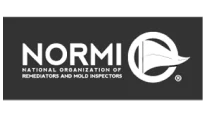



Before Booking an Air Quality Test
and Mold inspection Services
Receive $50 off!

Wood Mold FAQ’S
Wood mold is a type of fungus that appears on wood when it gets damp. If you don’t address it, it can damage the wood and even cause health problems.
Mold on wood can show up as fuzzy patches or stains, and it can come in different colors like black, green, white, or yellow. The texture might feel powdery or slimy depending on the type of mold.
Absolutely. Mold on wood furniture can be harmful. If you disturb it, it can release spores into the air, which might lead to breathing issues and allergies, especially for those who are sensitive.
Yes, it does. Mold can weaken wood, which may lead to rot and decay if not taken care of quickly. This can affect wooden beams and furniture over time.
Wood mold thrives in warm and humid environments. Things like water leaks, high indoor humidity, and poor ventilation can create the perfect conditions for mold to grow. This is especially common in Florida’s climate.
There are a few types of mold that can grow on wood, including Aspergillus, Penicillium, and Stachybotrys, which is often called black mold. Each type has its own features and potential health risks.
Keep an eye out for discoloration on wooden surfaces, a musty smell, or actual visible mold. You might also notice soft or warped wood. If you suspect mold, getting a professional inspection is a good idea.
Yes, being around wood mold can cause health issues, especially for people with allergies or respiratory problems. You might experience symptoms like sneezing, coughing, or skin irritation. It’s important to tackle mold issues quickly to protect your health.
To prevent wood mold, try to keep indoor humidity between 30% and 50%, make sure there’s good ventilation, and fix any leaks right away. Regular checks and keeping wooden surfaces clean can also help reduce the risk of mold.
It’s wise to have your home checked for wood mold at least once a year. If you live in a humid area or have had mold issues in the past, you might want to do it more often. Regular inspections can help catch problems early.
Areas We Serve
In Florida
1. Miami Dade
- Coral Gables
- Coconut Grove
- Miami Beach
- Star, Palm & Hibiscus Island
- Key Biscayne
- Keystone Islands
- San Souci
- Miami Shores
- Pinecrest
- Brickel
- Bal Harbor
- Bay Harbor Islands
- Indian Creek
- Surfside
- Eastern Shores
- Sunny Isles
- Aventura
- Golden Isles
- Golden Beach
- The Roads
2. Broward
3.Palm Beach
- Royal Palm Beach
- Lake Worth
- Lantana
- Boca Raton
- Boynton Beach
- Manalapan
- Singer Island
- South Palm Beach
- North Palm Beach
- Tequesta
- Highland Beach
- Ocean Ridge
- Country Club Acres
1. Miami Dade
- Coral Gables
- Coconut Grove
- Miami Beach
- Star, Palm & Hibiscus Island
- Key Biscayne
- Keystone Islands
- San Souci
- Miami Shores
- Pinecrest
- Brickel
- Bal Harbor
- Bay Harbor Islands
- Indian Creek
- Surfside
- Eastern Shores
- Sunny Isles
- Aventura
- Golden Isles
- Golden Beach
- The Roads
2. Broward
- Bonaventure
- Hallandale
- Miramar
- Hillsboro Beach
- North Lauderdale
- Coconut Creek
- Hollywood
- Sea Ranch Lakes
- Oakland Park
- Sunrise
- Coral Springs
- Parkland
- Dania
- Lauderdale By The Sea
- Pembroke Park
- Tamarac
- Davie
- Pembroke Pines
- University Park
- Deerfield Beach
- Plantation
- Weston
- Fort Lauderdale
- Lighthouse Point
- Pompano Beach
- Wilton Manors
3. Palm Beach
- Royal Palm Beach
- Lake Worth
- Lantana
- Boca Raton
- Boynton Beach
- Manalapan
- Singer Island
- South Palm Beach
- North Palm Beach
- Tequesta
- Highland Beach
- Ocean Ridge
- Country Club Acres
- Jupiter
- Palm Beach
- Jupiter Inlet Colony
- Palm Beach Gardens
- Wellington
- Jupiter Island
- Palm Beach Shores
- Delray Beach
- Palm Springs
- Lake Clarke Shores
- Pelican Lake
- West Palm Beach

